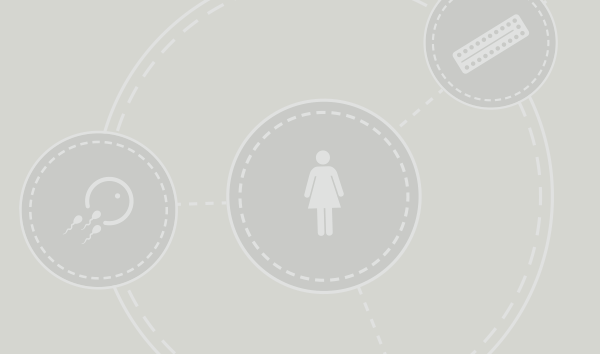Nov 06

Help Us Protect Access to Sexual and Reproductive Health Care Today!
Many women stop using contraception after age 40 because they believe they can’t get pregnant. However, infertility rates for women over 40 are lower than many might expect: about 17% at age 40, 55% at age 45 and 95% at age 50. This Contraceptive Pearl covers this issues around choosing birth control after 40.
This Contraceptive Pearl reviews considerations for contraceptives with patients post bariatric surgery. As the number of bariatric surgical procedures among reproductive-aged women increases, contraceptive counseling before surgery rises in importance.
As Intrauterine Device (IUD) use increases, clinicians will confront the problem of missing IUD strings more often. This Contraceptive Pearl answers the question: What’s the best way to manage missing IUD strings?
We all know that hormonal contraceptives prevent pregnancy. Hormonal birth control products may benefit your patients in many other ways, too. These non-contraceptive health benefits can help clinicians who have to deal with religious restrictions on clinical practice.
Even though progestin emergency contraception (EC) is now available over the counter, health care providers continue to play an important educational role. This Contraceptive Pearl covers three types of EC and their risks and benefits.
This Contraceptive Pearl covers best clinical practices for providing progestin re-injections to patients.
Nearly half of all pregnancies in the U.S are unintended, and teens are at highest risk for experiencing an unwanted pregnancy. Does comprehensive contraceptive counseling affect women’s decisions?
Using condoms along with the pill, patch, or ring reduces the risk of unintended pregnancy and sexually transmitted infection (STI). This Contraceptive Pearl covers dual method protection.
Male condoms are one of the most inexpensive and easily accessible forms of contraception. Most condoms are made of latex. However, about 6% of the U.S population has a latex allergy. This Contraceptive Pearl discusses non-latex condoms.
Clinician Question: Is my patient more likely to get pregnant right after she uses EC? This Contraceptive Pearl covers the risks of pregnancy following the use to emergency contraception pills and what providers can do to avoid unintended pregnancies after emergency contraception use.
Your gift allows us to train and support health care providers across the United States so they can offer patients compassionate and comprehensive care.
Nov 06
